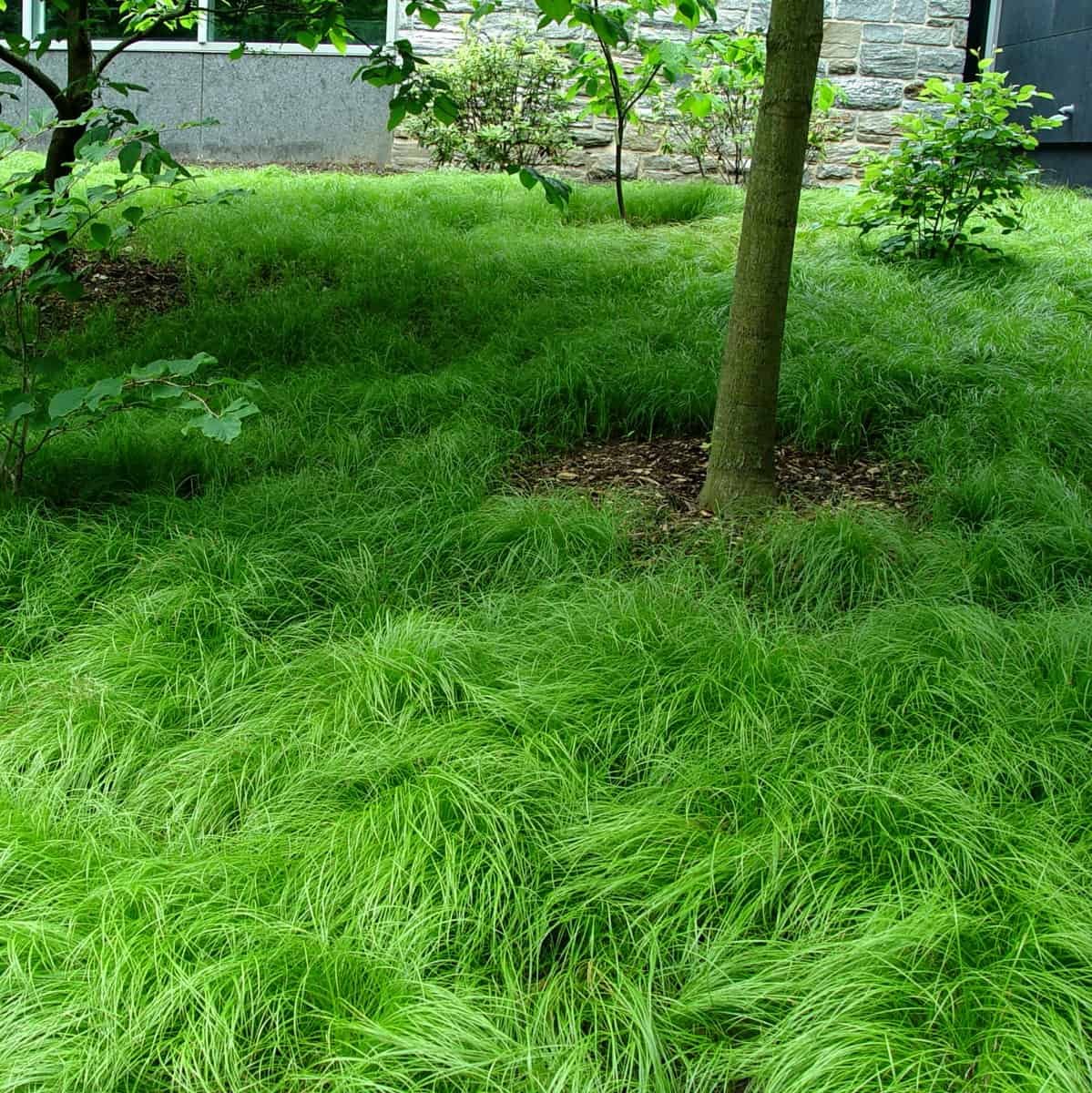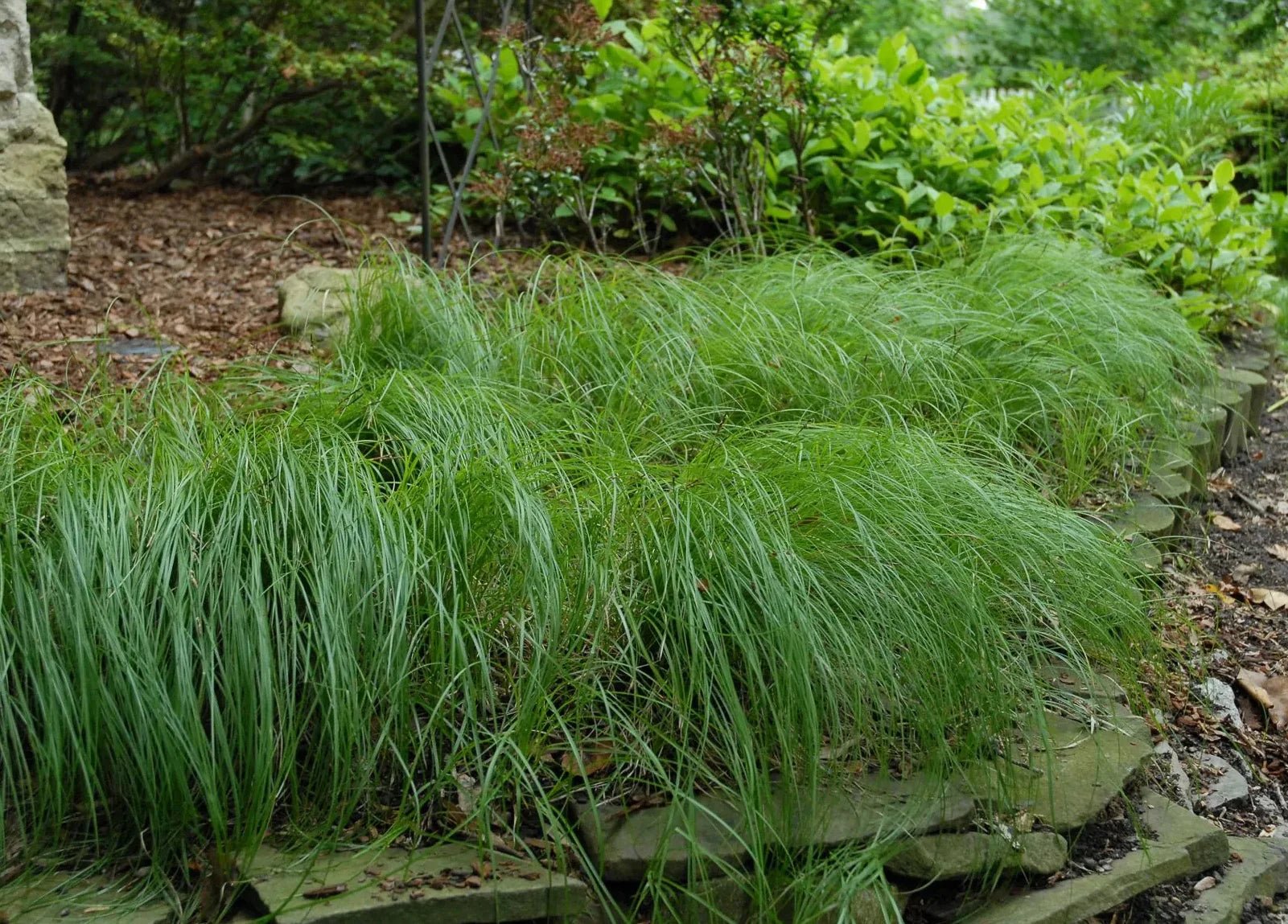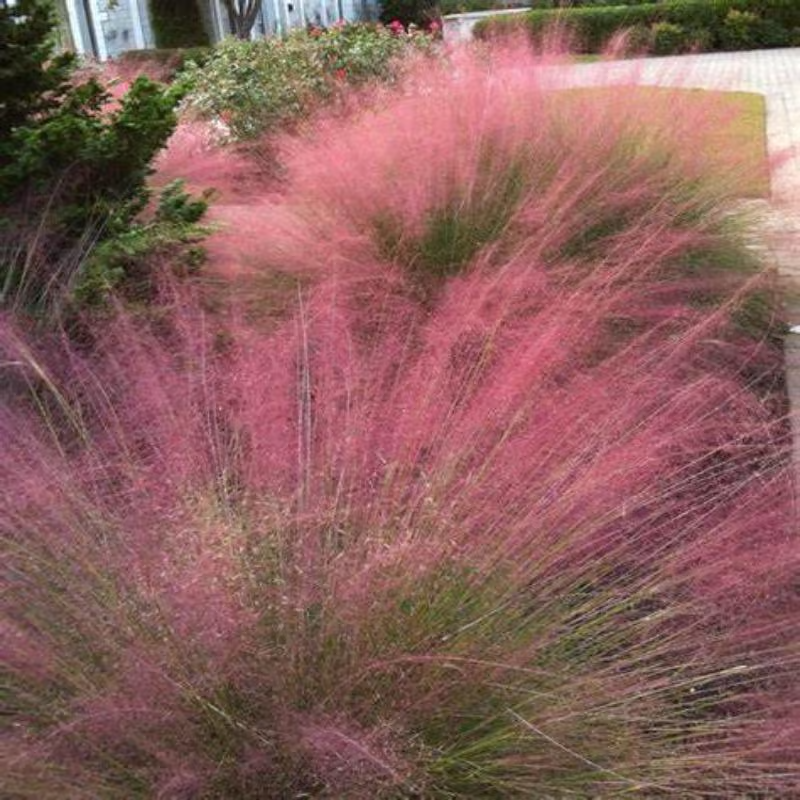

Carex Pensylvanica
Provides beautiful fall interest
Enhances soil health and erosion control
Drought-tolerant and low-maintenance
Thrives in
ZONE 3ZONE 4ZONE 5ZONE 6ZONE 7ZONE 8ZONE 9This plant ships:
7-10 Days1 Year Guarantee on all plants
Carex pensylvanica - Pennsylvania Sedge For Sale
Thriving gracefully and naturally in the shady underbrush of North American landscapes is the hardy native grass, Carex pensylvanica. This resilient native sedge boasts an astonishingly carefree growth habit requiring very little maintenance when situated in low-light, well-drained locations. As a true native, it fits like a glove in local ecosystems and spreads at a natural pace, providing green textured coverage in those trickier shaded spots or underneath showy perennials.
Plant Details - Carex Pensylvanica
Family: Cyperaceae
Light Requirement: Partial Shade – Full Shade
Water Needs: Low - Moderate
Height: 6-12 in.
Spread: 1-2 ft.
Growth Rate: Moderate
Bloom Time: Spring
Flower Color: Inconspicuous brown/yellow
Wildlife Value: Provides food and shelter for wildlife, provides nesting material for birds, is a popular larval host
Various critters truly appreciate this plant for its priceless value-adds to the ecosystem. Notably, many butterflies and moths rely on this plant as a dense and safe larval host, helping to proliferate these native species. This grass prefers well-drained soils but can be drought tolerant once the dense root systems have had a chance to establish. If planting in heavier soils, such as clay, it is a good idea to amend the soil with sand to improve drainage.
Landscape Uses and Maintenance - Carex Pensylvanica
This grass thrives in shady areas that may have poorer soils, proving itself a fantastic choice for erosion control with a moderately dense root system that stabilizes the soil beneath. The beauty of this native habitat-friendly grass comes from its peaceful movement and texture in a landscape and is as much of a great aesthetic addition as it is a responsible one. Because its mature growth height caps at a tidy 12 inches, there is very little need to ever cut Carex pensylvanica back, unlike most grasses, making it an easy alternative to turf.
Noteworthy Characteristics
The bright blades of Carex pensylvanica stand out immensely in shaded areas, covering plain with its wistfully clumping green. In the Spring, this grass will push out inconspicuous yet charming flower spikes that blow gently, only adding to the natural lush appeal.
This Is How Your Plants Will Look upon Delivery

Height at Maturity
Under 3 Feet
Care
It prefers well-draining soil that’s moderately fertile. It adapts to sandy, loamy, or slightly clay soils but dislikes soggy conditions.
Plant Reproduction
Carex pensylvanica reproduces both sexually by seed and asexually by rhizomes (underground stems)
Shipping date depends on the date displayed and chosen when you order from the product's page.
We only accept returns on plants verified dead. If you think your plants have died, we offer a 1 year warranty, please use this File a Claim Link to verify dead plants and start with return warranty process.




Drought Resilience:
Adaptable to dry conditions, this hardy grass thrives even with minimal water, making it a practical and resilient choice for diverse garden settings.
Striking Visual Appeal:
Purple Love Grass offers vibrant purple-tinted foliage and airy flower spikes, creating a captivating visual contrast that elevates any garden design.
Minimal Care Required:
Enjoy a beautiful garden with less effort—Purple Love Grass thrives with minimal maintenance, providing lush, attractive ground cover without the fuss.
Elegant Garden Movement:
Its airy, delicate flower spikes sway gracefully in the breeze, bringing dynamic movement and a touch of elegance to your outdoor space.
Caring Tips
How do I care for my Carex Pensylvanica?
Each box contains detailed care instructions and information about your product. But here's the basics.
Care Tips
It prefers well-draining soil that’s moderately fertile. It adapts to sandy, loamy, or slightly clay soils but dislikes soggy conditions.
Light Requirements
Carex pensylvanica (Pennsylvania Sedge) thrives best in part shade to full shade conditions.
Hardy Planting Zones
3 • 4 • 5 • 6 • 7 • 8 • 9
Header
Use this content to share information about your store and products.
Frequently Asked Questions
How often should I water my plants?
How do I know if my plant is getting too much or too little sunlight?
What should I do to prepare my plants for winter?
What are the signs that my plant needs fertilizing?
How can I prevent pests from damaging my plants?
How do I choose the right plant for my climate zone?






